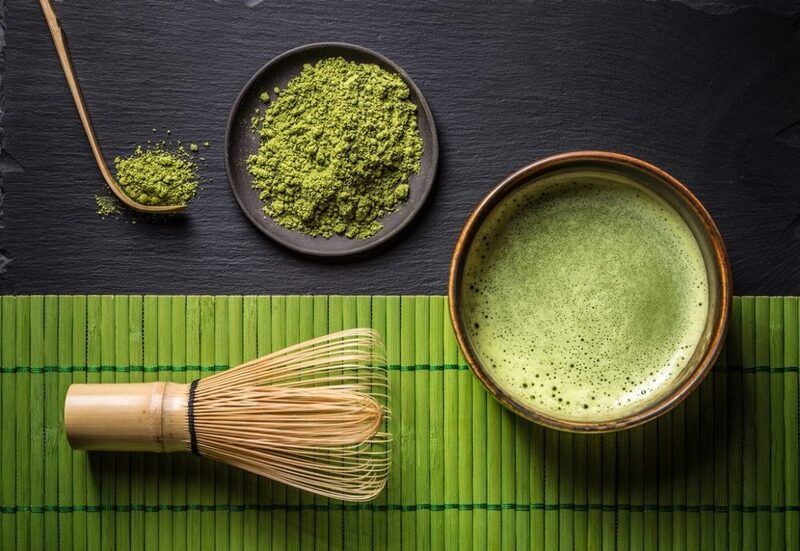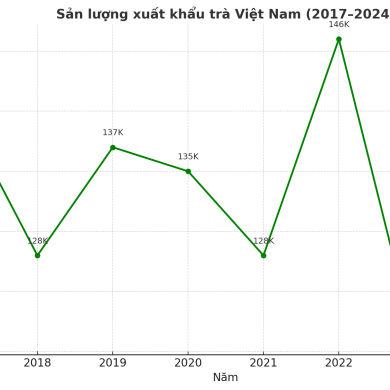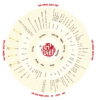Scientific and practical perspectives on Matcha

1. Matcha is a global phenomenon
Matcha has emerged as a phenomenon. From modern cafes to “healthy” drink menus, matcha is becoming one of the most popular hot trends. With its cool green color and mild bitter taste mixed with a sweet aftertaste, matcha is not only a beverage ingredient but also praised as a “superfood” for health.
But is matcha really as miraculous as advertised? Let’s explore the scientific perspective to enjoy it properly?
2. What are the benefits of Matcha?
- Rich in antioxidants
Matcha contains many times more polyphenols, especially EGCG, than regular green tea. This is a powerful antioxidant that helps protect cells from aging and reduces inflammation.
- Good for the brain and mind
The combination of caffeine and theanine in matcha helps increase concentration, reduce stress and provide a lasting feeling of alertness without causing the “jitters” like coffee. - Cardiovascular and metabolic support
Some studies show that matcha helps improve blood lipids, regulate blood sugar and promote metabolism, supporting weight control. - Anti-aging and anti-cancer potential
Thanks to its rich content of catechins and chlorophyll, matcha is considered a “shield” for long-term health protection. However, research is still ongoing to have clearer clinical evidence.
3. When does matcha become a “double-edged sword”?
❌ Inhibits iron absorption
Tannin in matcha easily binds to iron, reducing absorption. If you drink too much, especially right after a meal, it can lead to anemia. Vegetarians, pregnant women or adolescents need to pay special attention.
❌ Effects of caffeine
Matcha has caffeine, although lower than coffee, but if abused it can still cause insomnia, anxiety, and increased heart rate. People with high blood pressure or sensitivity to caffeine should limit it.
❌ Risk to the liver if overdosed
Research shows that consuming more than 800 mg of EGCG per day can affect the liver. Using too much matcha (many cups per day) is not good for your health.
❌ Not suitable for everyone
- Pregnant and lactating women: should limit and consult a doctor.
- Children, the elderly, or people taking medication (blood pressure, sedatives, etc.) should also consider carefully before using regularly.
4. Matcha trend in modern life:

Matcha latte – a symbol of young office workers, both beautiful and easy to drink. However, if too much sugar and milk are added, the health benefits are significantly reduced.
Matcha in cuisine – from smoothies, cakes, ice cream to cocktails, it is a testament to the creativity and integration of matcha into modern lifestyle.
Premium Matcha vs. Blended Matcha – To get the real benefits, choose ceremonial grade matcha. This is pure, has fewer impurities, and retains the purest flavor.
5. Tips for “smart matcha enjoyment”
- Drink 1–2g matcha/day (equivalent to 1/2–1 teaspoon of powder).
- Avoid taking on an empty stomach or immediately after meals containing iron supplements.
- Combine vitamin C (orange, tangerine, kiwi…) to increase iron absorption.
- Limit adding sugar, syrup or full fat milk when mixing.
Matcha is truly a health gift when used properly: it helps to keep the mind alert and also helps the body fight aging. However, if abused or taken at the wrong time, matcha can become a burden to the body.
Enjoy matcha as an art of balance: enjoy the elegant flavor while respecting your health.












Add comment